|
|
|
Hansen's Northwest Native Plant Database |
|
|
|
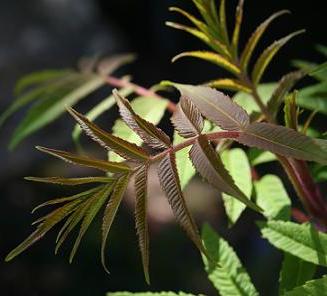 |
||||||||||||||||||||||||||||||
|
Note: Throughout the years I've written short articles for our website's home pages (home pages are the front page of a website) about these plants. They are now included at the bottom of this page, and are illustrated by botanical drawings and paintings, some of which are from books published from 1500 - 1900. |
|||||||||||||||||||||||||||||||
|
A fine, deciduous shrub, Smooth Sumac grows 9-12.' The deep green leaves are alternate and compound with many long, sharply toothed leaflets and pale undersides. They turn a brilliant scarlet in autumn. This species is found across North America (USDA 2-10) and is an excellent pioneer species in a disturbed area. It is exceptionally drought and heat tolerant and does not require a fertile soil to become established. Birds love the bright red, fuzzy seeds which grow in erect clusters of as many as 700 individual fruits and persist throughout the winter. The fruits are edible and have medicinal properties. Perfect for native gardens. |
|||||||||||||||||||||||||||||||
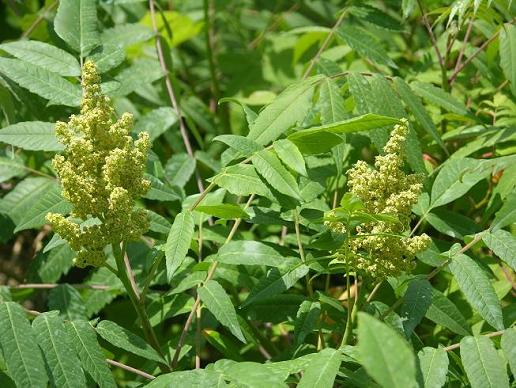
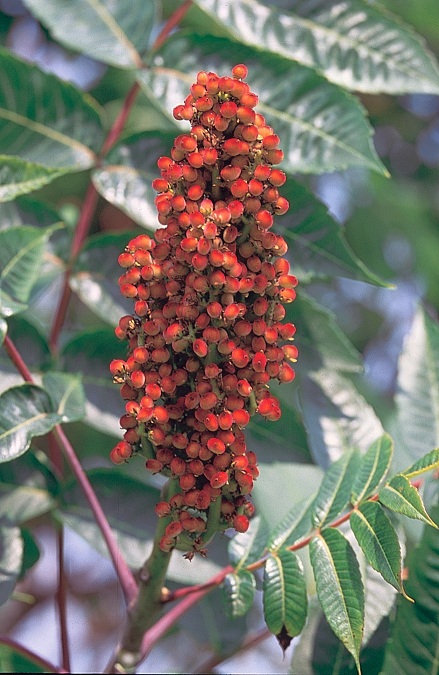
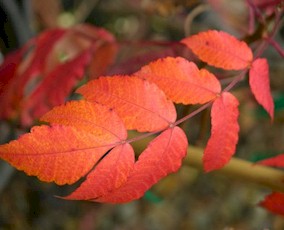 |
|||||||||||||||||||||||||||||||
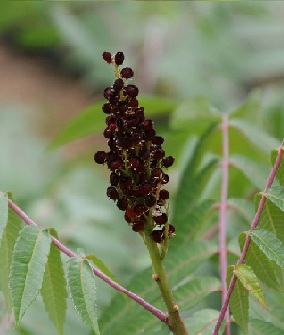
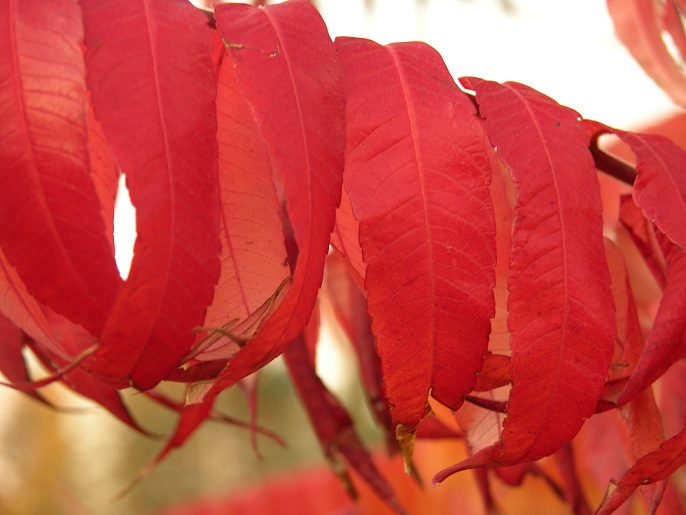
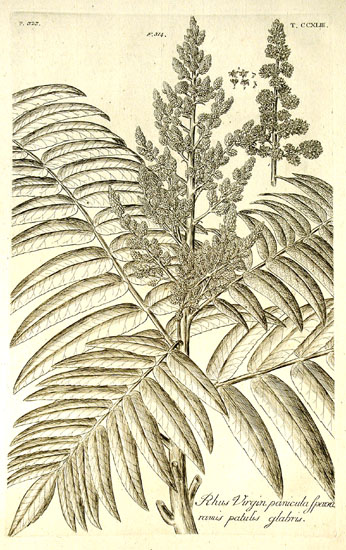
|
|||||||||||||||||||||||||||||||
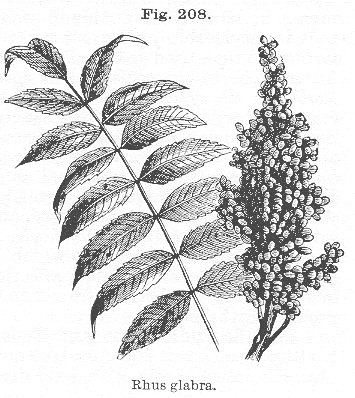
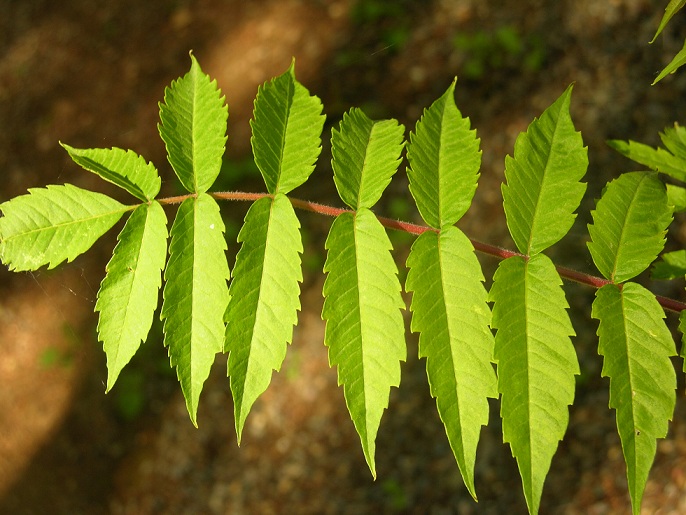 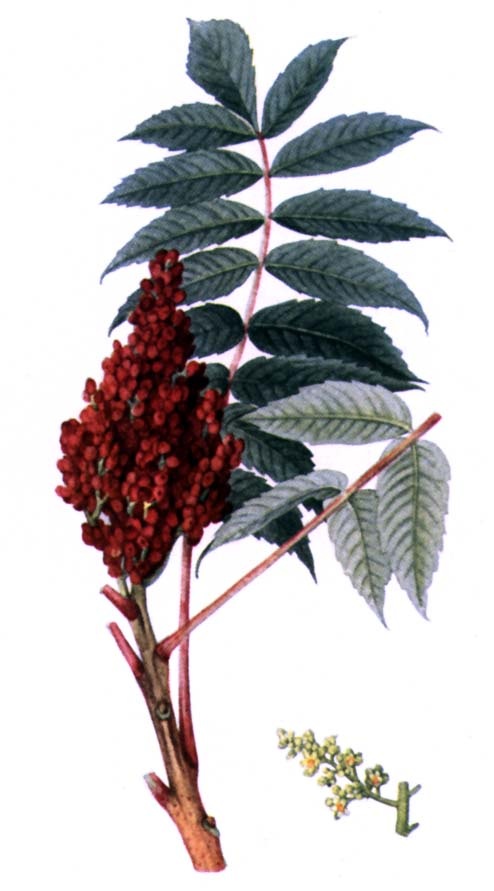 |
|||||||||||||||||||||||||||||||
|
|||||||||||||||||||||||||||||||
|
Photos We Share!
|
|||||||||||||||||||||||||||||||
|